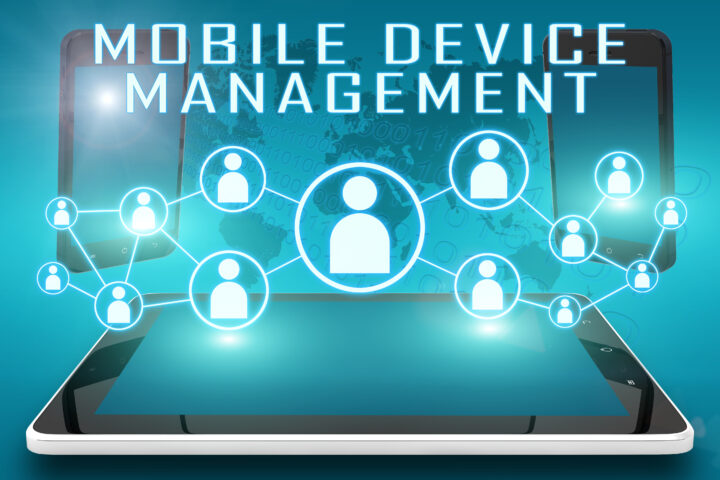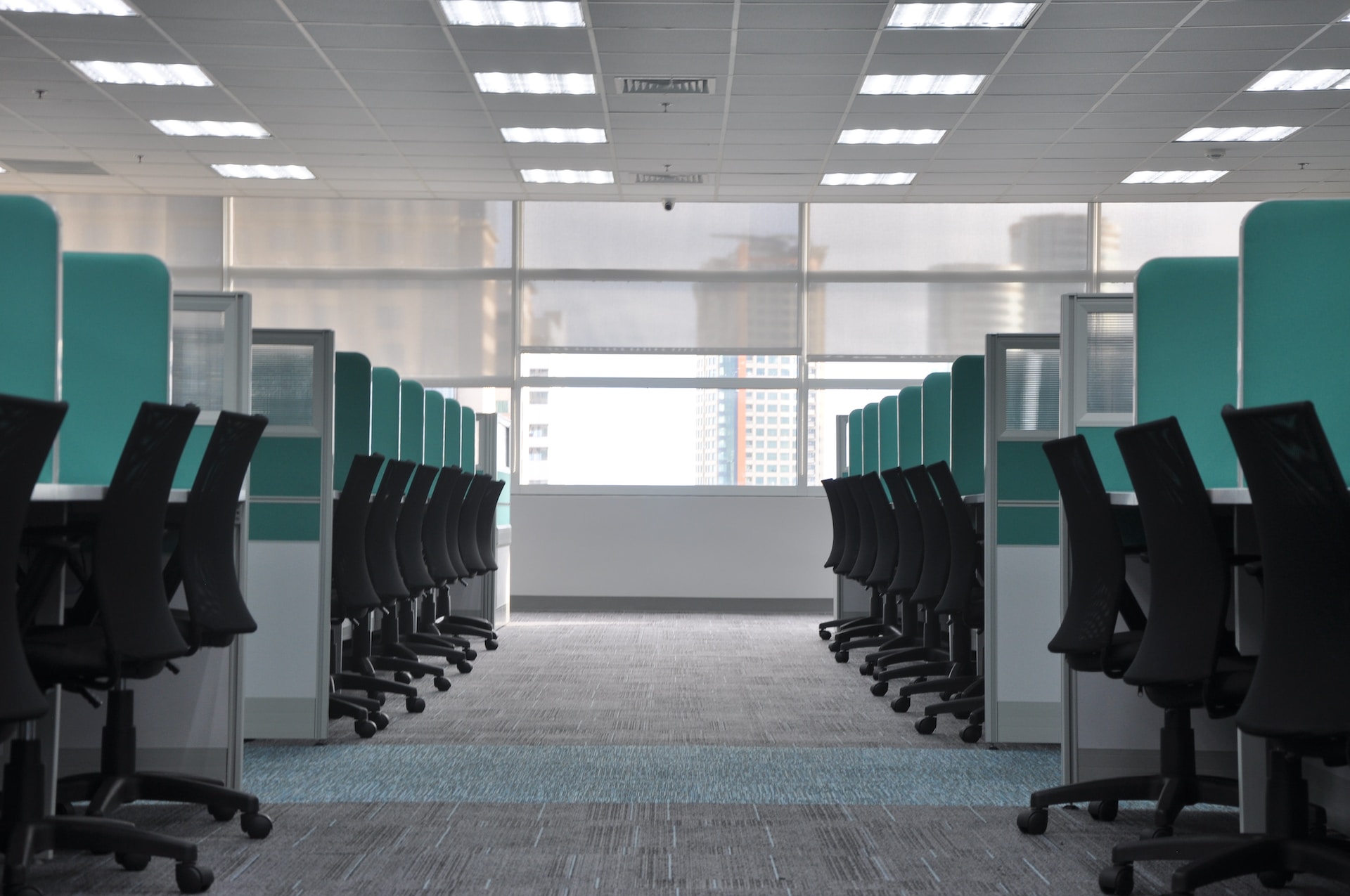Fortunately or not, productivity is not a linear measure. People differ in their working rhythms, approaches to problem-solving, and conditions needed for deep concentration. However, is it possible to create a work environment that will enhance employee engagement and keep them both focused and satisfied?
Short answer: Yes.
It should be a comprehensive approach, as productivity depends on many factors, such as the number of distractions, organizing tasks, and company culture in general. Below, you will find some dos and don’ts of creating a positive environment that encourages employee concentration and, therefore, your company’s growth.
Allocate a Full-Fledged Workplace
It is essential to create a work environment where your team will be able to focus on tasks. The workplace itself makes a significant difference when it comes to productivity, so make sure each employee has one, and it goes way beyond just a desk with a chair. For example, did you know that lighting has a significant effect on productivity? Or that plants can boost concentration and decrease stress?
First of all, though, make sure everyone has a sufficient amount of space to operate in. You can install cubicle workstations to boost individuals’ concentration or freestanding movable partitions to allocate a specific place for working on team projects if there is a lack of conference rooms in your office. Manufacturers like Portable Partitions offer dividers that can reduce sound distractions and bring some more privacy for your employees.
Secondly, let them personalize their own spaces. It will allow your employees to feel more comfortable and create a specific atmosphere that will set them up for a productive workday and positively affect your company culture.
Set Realistic Goals
Planning projects and organizing schedules are essential, but you need to ensure that you assign realistic tasks to your employees. There is a term “flow state” in psychology that describes a sense of a deep focus where an individual is beyond the point of distraction. Perhaps it is slightly reminiscent of your expectations towards your employees.
To achieve such a state, an individual should aim for the bar high enough to persist motivated but not too high to begin procrastinating due to its unattainability. Thus, one of the most efficient ways to improve employee productivity is to keep team members busy but not overwhelmed and not encourage working after hours.
Avoid Micromanagement
An independent employee is a productive and satisfied one. Encourage your employees’ flexibility and give them more freedom in managing their own time and resources. It will allow them to figure out how they want to do their job, be responsible for meeting deadlines, and evolve as professionalists.
Project management should be limited to assigning tasks, determining their duties, and providing your team members with all the needed tools to prevent it from turning into micromanagement. Open communication will allow your teams to solve any problems as they appear and reduce the excessive pressure connected with unnecessary check-ins that tend to be rather distracting than helpful.
Do Not Encourage Multitasking
Multitasking sounds like a highly professional skill, but in fact, it is one of the main reasons for burnout. Theoretically, dealing with several tasks simultaneously seems highly efficient, but it results only in short-term achievements in practice.
Besides, splitting the concentration into several different tasks is more likely to lower their attentiveness to details and increase the number of mistakes and stress levels instead of bringing positive results or benefits for your business. Encourage employees to work on one task at a time and take breaks between them – it will allow them to approach new goals with a fresh mind and clear sight.
Use Productivity Tools
There are numerous software tools and online platforms that enable organizing remote work as well as moving offices to a whole new level. Examine your business goals and working processes in order to determine which of these tools will be beneficial to get and provide your co-workers with access to them.
You can find online workspaces like Slack or Notion, productivity calendars, or time-tracking programs for everyday use. For example, the latter can be used not for monitoring your employees but providing them with weekly reports on working on particular projects. Keeping track of work-related processes will boost employee engagement and improve communication between teams.
Conclusion
Employee engagement and productivity depend not only on their skills and experience but also on the environment they operate in. It is equally important to deal with both technical and organizational issues in order to improve workers’ performance.
Providing your employees with a convenient workplace and approachable schedule enables them to avoid procrastination, while additional tracking tools and lack of micromanagement form their independence. A positive approach and regular communication, which means collecting and reacting to feedback, will open up new opportunities for your business to grow and pursue even bigger projects.
















